It is time to clean out the attic!
Here is another article describing the first steps in genealogy and we are going on a treasure hunt. I hope you have had the opportunity to read my article Start your family search here.
If you have no places to search, there is no reason to despair as you have many other possibilities to find your ancestors. Be sure to check back later as we are looking into these.
In the first article, I asked you to write down everything you know about your family and relatives. It’s now time to put down the coffee cup and start moving around, as you need to take a look at what information can be found in your own home. As I hinted at in the heading you have to get into drawers, closets and crawl the basement or attic. Depending on your age, you might have to ask for permission to do this in your parent’s or grandparents’ home.
The big question is: “What should you be looking for?” The answer is “Anything that in any way relates to your family” I will come back to this as I get into more details on what you should look for.
Before you start your treasure hunt I recommend that you equip yourself with a number of large envelopes, zip-lock plastic bags, sticky labels, a medium-size black marker pen, and a pen/pencil. I will come back to this later.
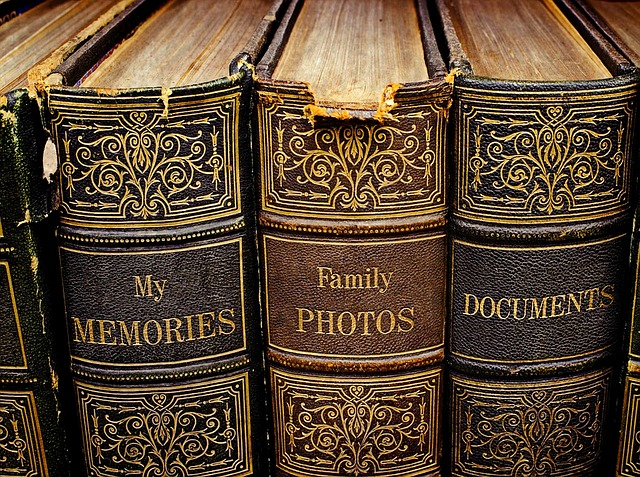
- The first place to look is in the family’s bookshelves. Did anyone in your family write about their ancestors? There might be a family history book that you didn’t know about.
- On the same bookshelves, you should look for old family bibles. It was common to record family events such as births, weddings, and deaths on the inner covers of the bibles.
- Diaries. This might be the “mother lode” in your information hunt.
The next thing we should look for is vital records such as:
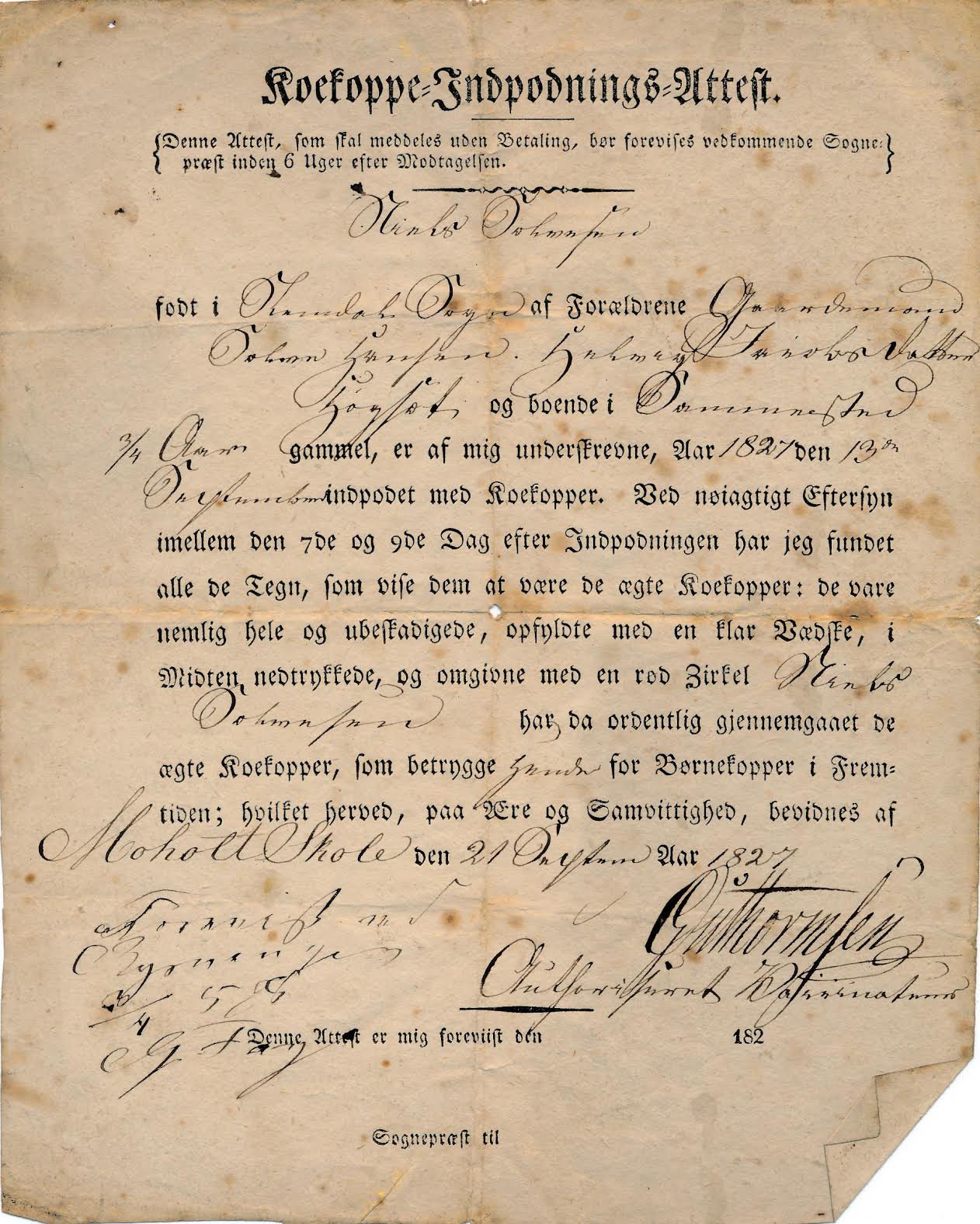
- Birth certificates/Baptismal records
- Marriage certificates
- Death certificates
- Divorce decrees
Other records to look for are:
- Vaccine certificates
- Naturalization records
- Wills
- Documents relating to properties (mortgages, deeds and titles)
- Insurance policies
Documents relating to
- Schools/colleges/universities (yearbooks etc.)
- Military service
- Work/Occupation
- Membership in various organizations
Personal items such as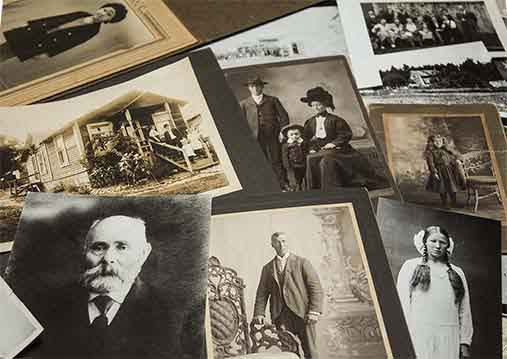
- Letters
- Photos
- Notebooks
- Obituaries
- Newspaper/magazine clippings
There are probably a number of additional items, that can shed light on your family’s history.
If you find a stack of old newspapers, you should look through them thoroughly as there might be a specific reason why they were kept.
Old letters can be a treasure trove of information. It can be an emotional roller-coaster to go through them. It is a fact that every person’s life has its ups and downs. The “ups” you might already know about, as these are the stories told at family gatherings. The “downs” we seldom hear about and the private letters can give us some surprises.
The hunt
You need to think like an archaeologist or forensic technician when you do your “excavation”. You must always be able to relate the items you find to someone or something. If not, they are worthless as sources for your family history. This is especially important if you find items that do not clearly identify who is the owner, writer, or receiver and in photos of unknown persons or places. The key to this is to keep things together (as much as possible) and identify the origin. When using the word origin here, I refer to the place you found the item(s). When you do this you may, at a later stage, be able to relate unidentifiable items to those items you can identify.
If you have, or can take possession of the entire box where the item(s) are found, you should keep them in this box until you can go through them and record the items properly. Use your black marker pen and write on the box where you found it (“The attic of grandma Olson’s house” or “The basement of aunt Laura Hanson’s house”).
Sometimes you can not bring with you the original storage container and this is where we need the rest of the equipment I mentioned above. You need to transfer the items you want to keep to the envelopes or plastic bags and mark them where the item was found. If the item(s) came from one of many cardboard boxes in grandma Olson’s attic, ask if you can mark this box. It really doesn’t matter how you mark the box, but it must be in a way that is easily recognizable and can not be misunderstood. Then mark the envelopes/plastic bags before you put the item(s) in them. The text might go like “Photos found in a box marked MRE A1 in the attic of Grandma Olson’s house” MRE are my initials and you might use yours and then spread the word in the family that you have been collecting family documents. That way the next treasure hunter knows you have been there.
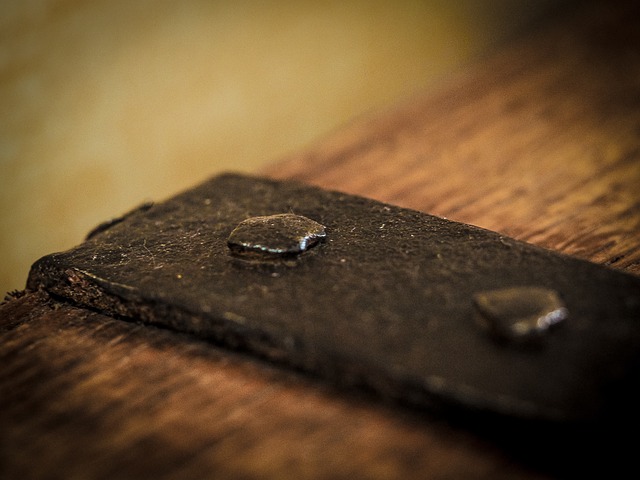 Aunt Laura might not be that happy if you want to use your black marker pen on her Rosepainted Norwegian Bridalchest from 1770 standing in her living room. Here you have to describe the container.
Aunt Laura might not be that happy if you want to use your black marker pen on her Rosepainted Norwegian Bridalchest from 1770 standing in her living room. Here you have to describe the container.
If you start looking at letters, you should put the letter back in the correct envelope when you have read it. If you get the letters mixed up, they might lose their value as a source as names and dates might be lost. If the letter opens with “Dear Son” and is signed with “Your loving parents”, you see my point.
You might find lots of photos where you don’t know “who, when and where”. If you have older relatives that might know this, it is a highly prioritized task to have them identify the photos.
I just learned about a free note-taking system called Evernote. I see that this system can be used for many genealogical purposes. As I am writing this article it dawns on me that Evernote might be perfect for the source collecting process. The Evernote software synchronizes with all your electronic devices (probably not your new microwave oven). You can use your cellphone, pad or tablet to take notes and integrate pictures taken with the same devices. The information is stored both on your device and “in the sky” and you can later download it to your computer. There are probably many other electronic note systems. If you currently use and work efficiently with one of them, they can be used for the collection process. The important thing is that you stick with the two main rules: keep things together and identify the origin.
Sometimes you will not be able to/allowed to take any items with you. In such cases, you might want to get a portable scanner. Some of them require that you feed the photo/document through the scanner. I advise strongly against this as it may damage or destroy your original. Searching for an alternative, I came across this “Magic wand” portable scanner at Amazon.com. I have not tried it myself, but you might want to check it out. What appeals to me is that you can use it without a computer and have your scans stored on a memory card installed in the scanner. When you get home you plug your scanner to your computer and download your scans.
Recording your finds
If you have luck with your treasure hunt, you should end up with a lot of material to work with. Now begins the tedious work of recording all the pieces of information you have found. You might be scanning photos and documents and it is important to record every bit of information you have about each item. Here are a few suggestions:
- A description of the item (letter/photo/ticket/naturalization papers etc)
- Date or timeframe (If not known: your theory about this)
- Who “produced”/wrote the item?
- Where you found it (If relevant: what other items (documents photos etc.) were found together with this item?)
- connection to person(s) (if not obvious from the nature of the item; your theory about the possible connection(s))
- The relevance of the item (What does the item tell/prove)
- Where the original is stored
- Where your copy is stored.
You may think of other things to record that might be relevant to your finds.
You might have been keeping your material in folders, binders, or just in a pile on your desk. If you are still set on becoming a genealogist, it is time to start thinking about a proper system to organize your information. I will look into this in my next article in this “Genealogy for beginners” series: Choosing a genealogy software.

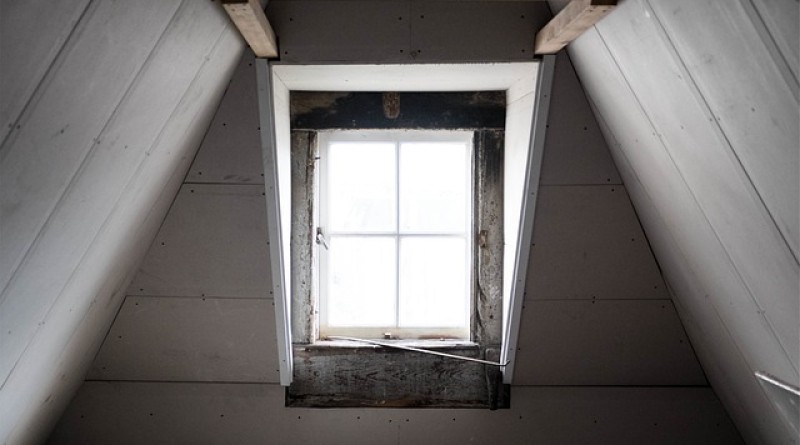

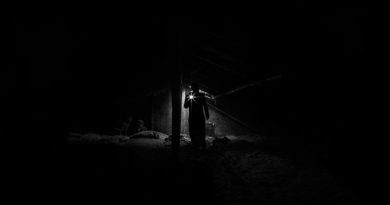
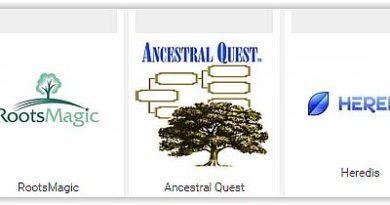
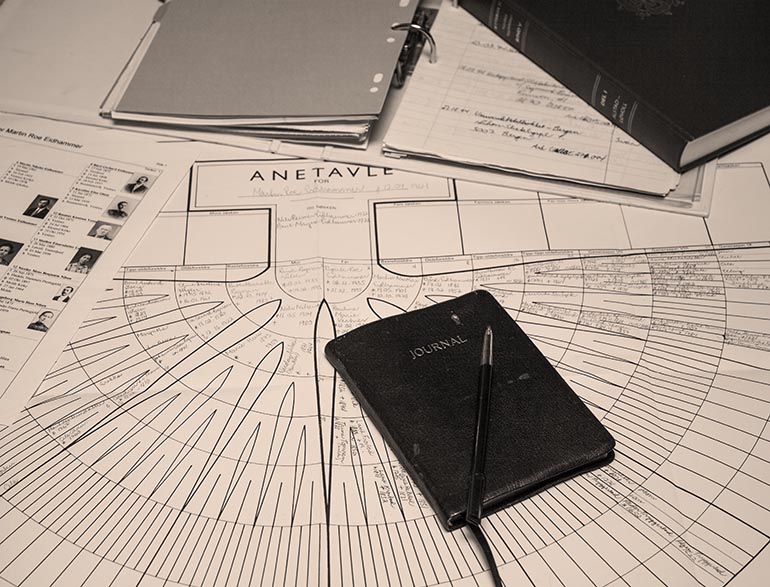
This is such an excellent step-by-step article, Martin! You describe so well the genealogical clues that can be hidden in what may appear to be the most insignificant item. I sure wish I had some attics in which to hunt for these treasures.